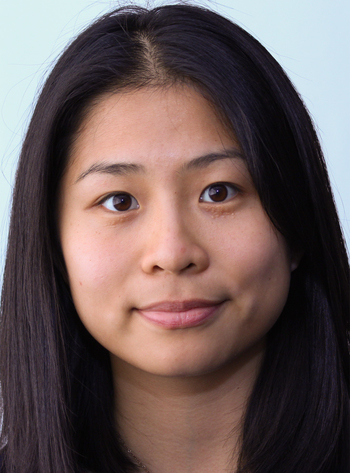Castep Software


History
CASTEP was created in the late 1980s and early 1990s in the TCM Group of the Cavendish Laboratory in Cambridge.[1] It was then an academic code written in Fortran77. In the mid 1990s it was commercialised by licensing it to Molecular Simulations International (the company was later purchased by Accelrys, in turn purchased by Biovia) in an arrangement through which the University of Cambridge received a share of the royalties, and much of the development remained with the original academic authors. The code was then redesigned and completely rewritten from 1999–2001 to make use of the features of modern Fortran, enable parallelism throughout the code and improve its software sustainability. Idm 6.32 serial key. By this point annual sales exceeded £1m.[2] Darood sharif video free download. Despite its commercialisation, CASTEP and its source code remained free to UK academics. Hivion receiver software.
Castep Software Solutions
In 2019 the free academic licence was extended to world-wide academic use (not just UK academia). Commercial users can purchase CASTEP as part of Biovia's Materials Studio package.[3]

Castep Software Development

Castep Software Login
CASTEP Useful links. CASTEP web page; CASTEP Tutorials; CASTEP Frequently Asked Questions - includes answers to problems encountered in running CASTEP on ARCHER. Licensing and Access. CASTEP is licensed software. Please see the CASTEP web page for details. Users who wish to access the CASTEP package should submit a request via SAFE. Software for first-principles calculation based on pseudo-potential and plane-wave basis. This software performs electronic-state calculation of various systems by density functional theory, and can treat structure optimization, excited-state analysis, and so on.